Olive Young - Hanam Gamil Branch [Tax Refund Shop] (올리브영 하남감일점)
4.4Km 2024-06-26
#115~#117, 61, Sinusil-ro, Hanam-si, Gyeonggi-do
-
Heoninneung Royal Tombs Ecological Preservation Area (Alder Tree Forests) (헌인릉 생태경관보전지역(오리나무림))
4.4Km 2021-12-11
34, Heonilleung-gil, Seocho-gu, Seoul
+82-2-445-0347
Heonninneung Royal Tombs Ecological Preservation Area is home to alder tree forests. It was officially designated as an ecological preservation area by the Seoul Metropolitan Government in 2005.
Bali Tourist Hotel (발리관광호텔)
4.4Km 2020-04-21
210, Pungseong-ro, Gangdong-gu, Seoul
+82-2-488-5911
Formerly known as LA Tourist Hotel, Bali Tourist Hotel is equipped with 50 rooms and the only tourist hotel in Gangdong-gu. Guests at the hotel may take advantage of the hotel's proximity to tourist sites and Dunchon Traditional Market.
Gomonae Wonjo Kongtang (고모네원조콩탕)
4.5Km 2021-03-26
13, Pungseong-ro 57-gil, Gangdong-gu, Seoul
+82-2-485-4675
Opened in 1989, this store always has a lot of customers waiting in line. This Korean dishes restaurant is located in Gangdong-gu, Seoul. The most famous menu is noodles in cold soybean soup.
Manggyeongam Hermitage (망경암)
4.6Km 2021-04-24
72, Taepyeong-ro 55beon-gil, Sujeong-gu, Seongnam-si, Gyeonggi-do
+82-31-753-3090
Manggyeongam’s name derives from the hermitage's view of Seoul, and is located in Bokjeong-dong of Seongnam, Gyeonggi-do. Manggyeongam
Hermitage is said to be the place where kings of the late Goryeo and early Joseon periods prayed for peace for their subjects. In addition, Prince Pyeongwon, the 7th son of King Sejong, and Grand Prince Jean built an altar at Mangyeongam Hermitage and Chilseongdae Peak and pledged filial piety.
The hermitage is more widely known for its connection to the Chilseong faith, in which believers worship
Chilseong (the Seven Stars). It is easily recognized by the written records inscribed into the rock wall. Located at the hermitage is the Rock-carved Seated Buddha, an original work of the hermitage that is also designated Gyeonggi-do’s Tangible Cultural Asset No. 102. The Buddha is embossed inside a deep hole in the rock. In the words inscribed near the statue, there is also a legend that says Lee Gu-seung carved Gwaneum Statue near Rock-carved Seated Buddha and built the hermitage in 1897.
Next to the hermitage is a pond called “Bokumul,”
which means “blessed sugared water.” The neighborhood of Bojeong-dong takes its name from this pond. At the hermitage, Daeungjeon Hall (the main hall), Samseonggak Shrine (shrine for three spirits), and Mireukjeon Hall were all established fairly recently. The hermitage site also includes a huge Mireuk Daebul statue (Great State of Maitreya Buddha) and a five-story stone pagoda.
Seoul Sports Complex (Jamsil Sports Complex) (서울종합운동장(잠실종합운동장))
4.7Km 2024-12-02
25 Olympic-ro, Songpa-gu, Seoul
Seoul Sports Complex, located in Songpa, Seoul, hosted the 1986 Asian Games and the 1988 Summer Olympics. It consists of a main stadium, a baseball stadium, an indoor stadium, a students' gymnasium, an indoor swimming pool, and auxiliary stadiums. It serves as the venue for professional baseball and basketball games in Korea, as well as frequent K-pop concerts. Conveniently linked to subway lines 2 and 9, it offers easy access for visitors.
Gwangyang Bulgogi Bonga (광양불고기본가)
4.7Km 2024-03-18
16, Dogok-ro 99-gil, Gangnam-gu, Seoul
+82-2-567-8494
Gwangyang Bulgogi Bonga serves Gwangyang bulgogi, a tender and sweet-savory dish made by grilling thinly-sliced beef marinated in soy sauce. The restaurant also offers sogogi gui (grilled beef), yukhoe (beef tartare), and hanu kkotdeungsim (Korean beef rib eye). Another popular dish is hanu deungsim yukjeon (pan-fried battered Korean beef sirloin). There is also a separate lunch menu, namely the Gwangyang Bonga Jeongsik (Gwangyang Bonga set menu) and hanu kkotsal bulgogi (boneless Korean galbi bulgogi).
Himart - Daechi Branch [Tax Refund Shop] (하이마트 대치점)
4.8Km 2024-04-16
156, Samseong-ro, Gangnam-gu, Seoul
-
CheongKwanJang - Cosmo Tower Branch [Tax Refund Shop] (정관장 코스모)
4.9Km 2024-04-18
B1F, 416, Yeongdong-daero, Gangnam-gu, Seoul
-
Spa 1899 Donginbi (SPA 1899 동인비)
4.9Km 2025-09-02
416 Yeongdong-daero, Gangnam-gu, Seoul
In traditional Korean medicine, summer is the season when one's energy is severely depleted as people tend to sweat a lot even with little movement. As you are more likely to feel fatigued and lose vitality, replenishing one's energy is crucial. According to Donguibogam, a traditional Korean medical encyclopedia, red ginseng is recommended for vitality. The book says red ginseng slows the aging process and boosts one's energy, helping you live longer. It's effective in restoring vitality and alleviating fatigue. Red ginseng is made by steaming ginseng for approx. 3 hours without peeling it and then letting it dry slowly. This steaming and drying process reduces ginseng's sugar level while creating an active compound, which enhances its efficacy. Saponin, which is abundant in red ginseng, is known for boosting one's immunity and restoring vitality. Notably, ginsenoside helps with digestion, metabolism, and the absorption of nutrients, thereby restoring one's energy. SPA 1899 Donginbi, run by the premium red ginseng brand Jung Kwan Jang, is a specialized spa facility that uses beneficial red ginseng.

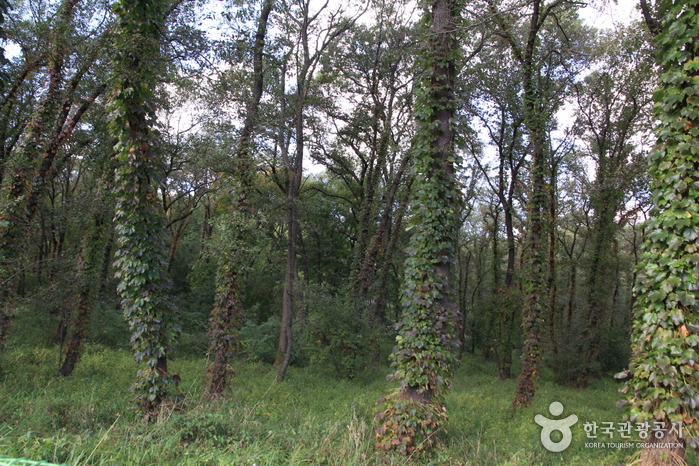
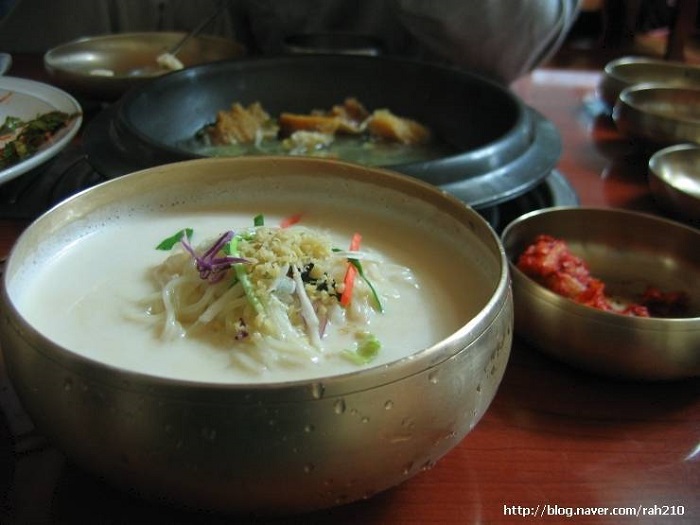
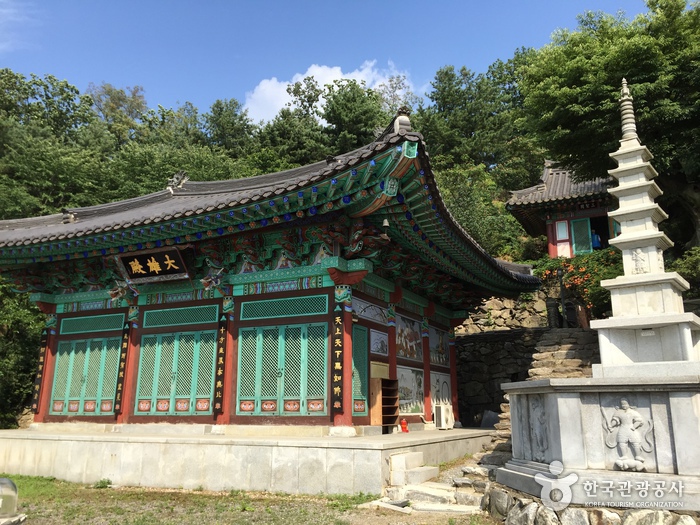
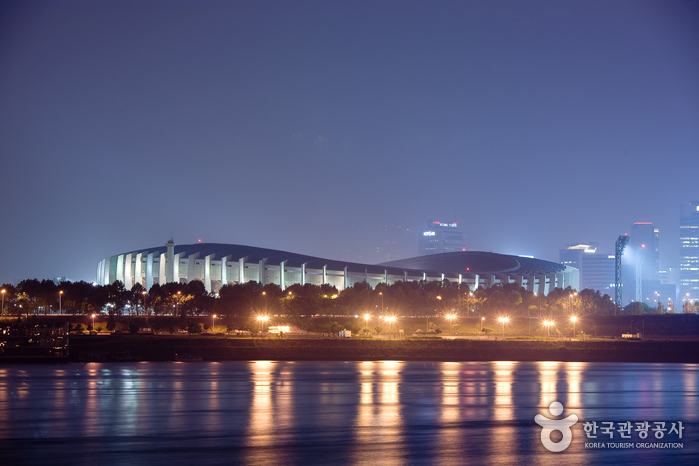
![Himart - Daechi Branch [Tax Refund Shop] (하이마트 대치점)](http://tong.visitkorea.or.kr/cms/resource/70/2889870_image2_1.jpg)
![CheongKwanJang - Cosmo Tower Branch [Tax Refund Shop] (정관장 코스모)](http://tong.visitkorea.or.kr/cms/resource/84/2889484_image2_1.jpg)
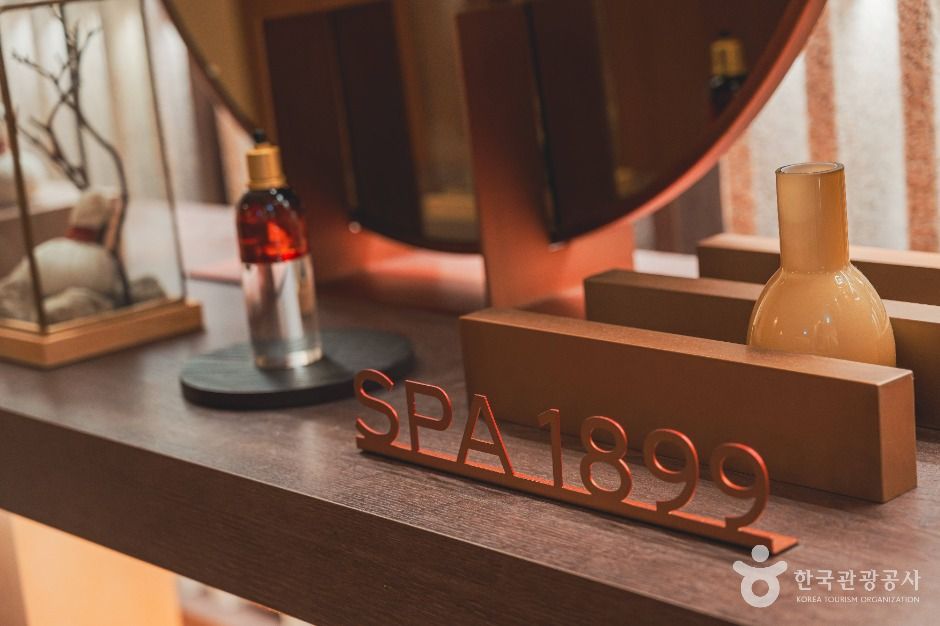
 English
English
 한국어
한국어 日本語
日本語 中文(简体)
中文(简体) Deutsch
Deutsch Français
Français Español
Español Русский
Русский